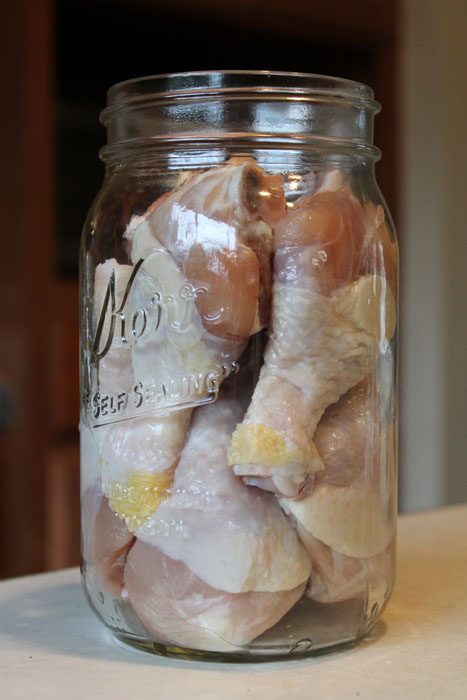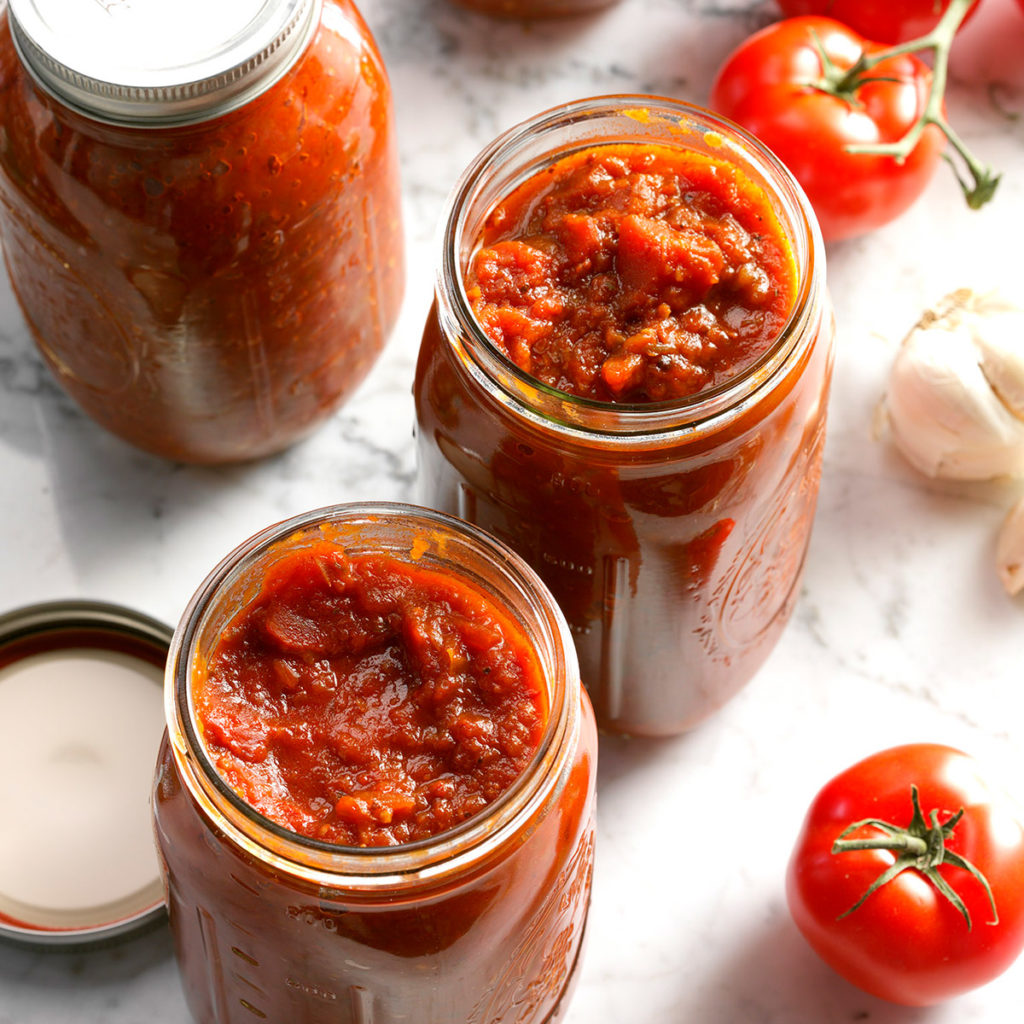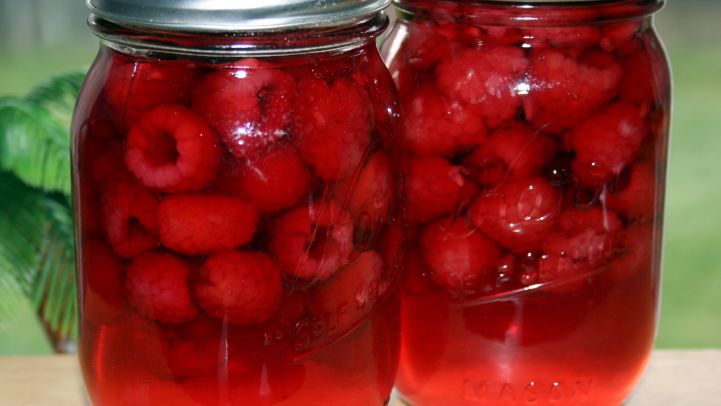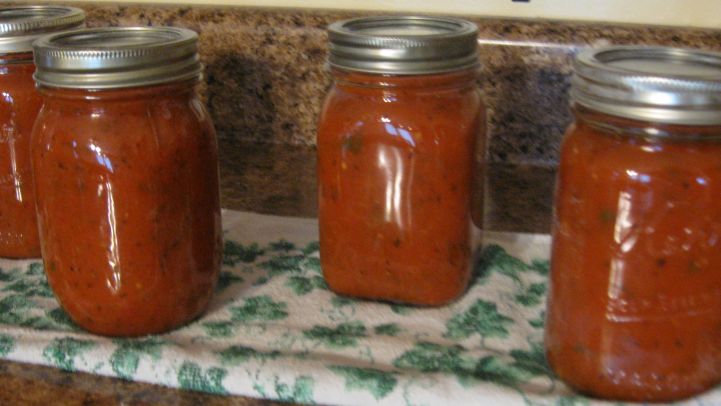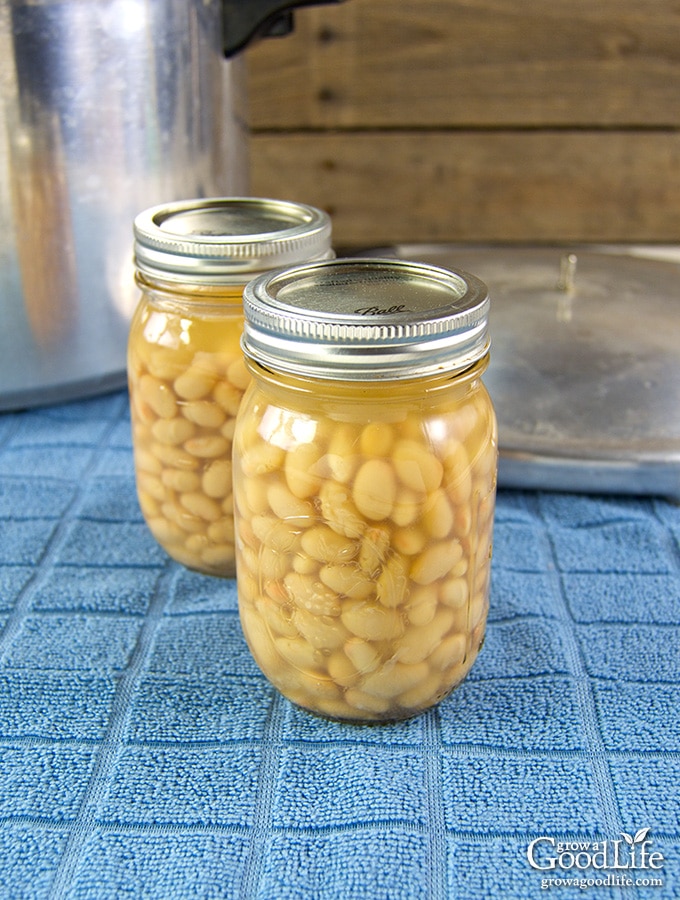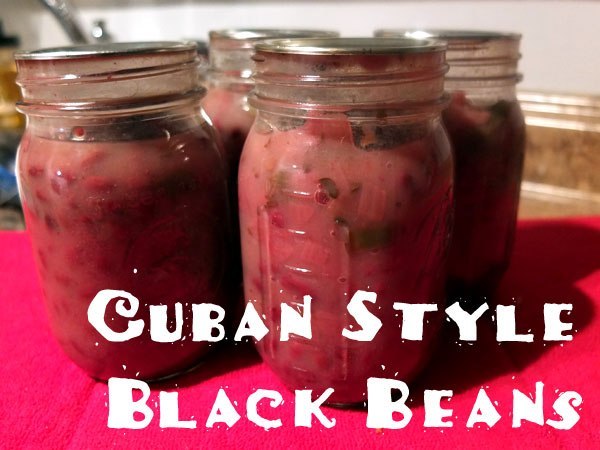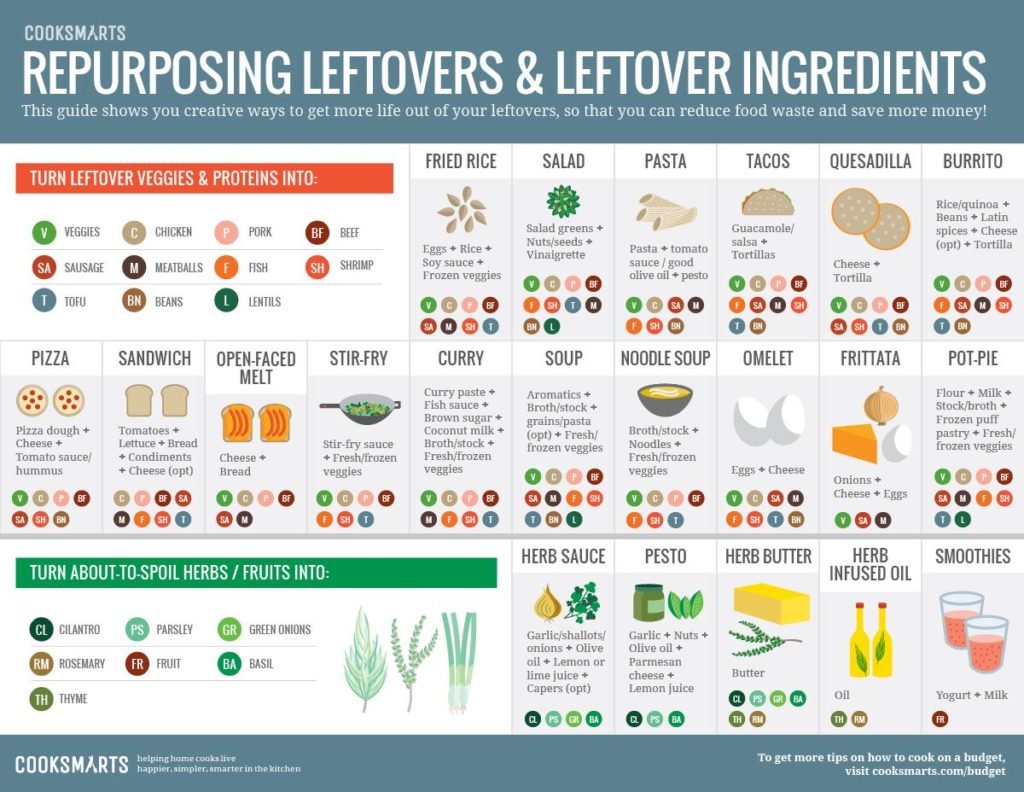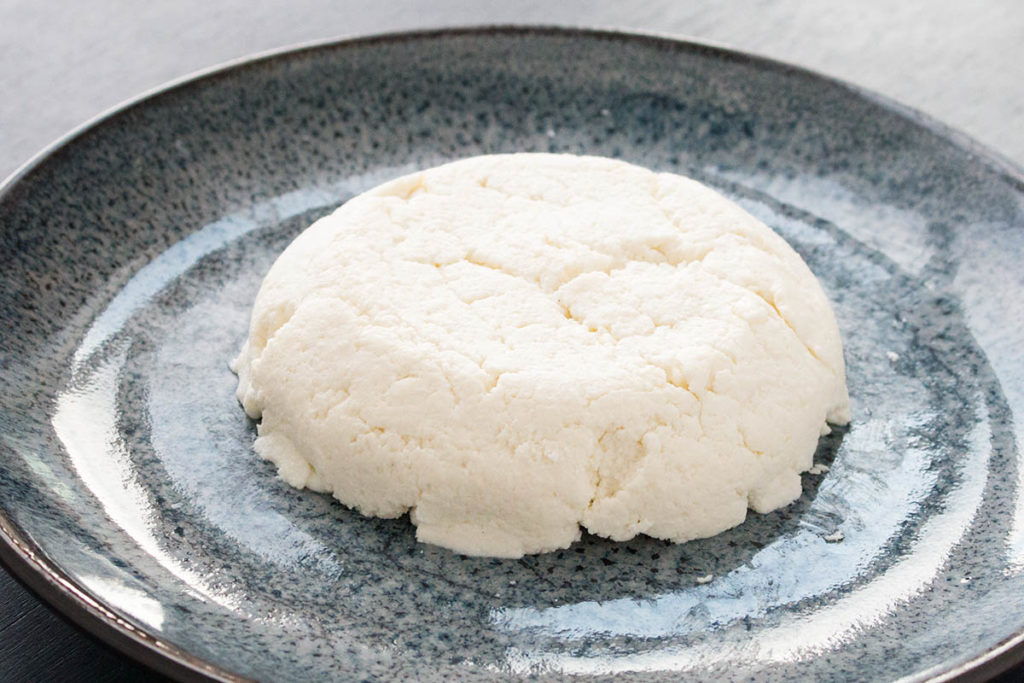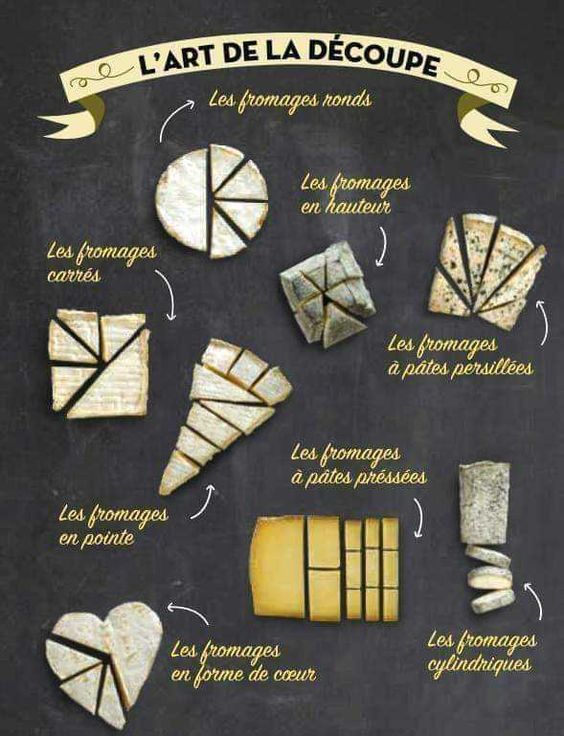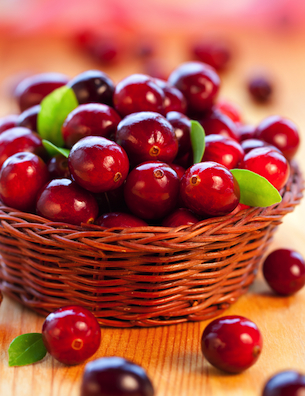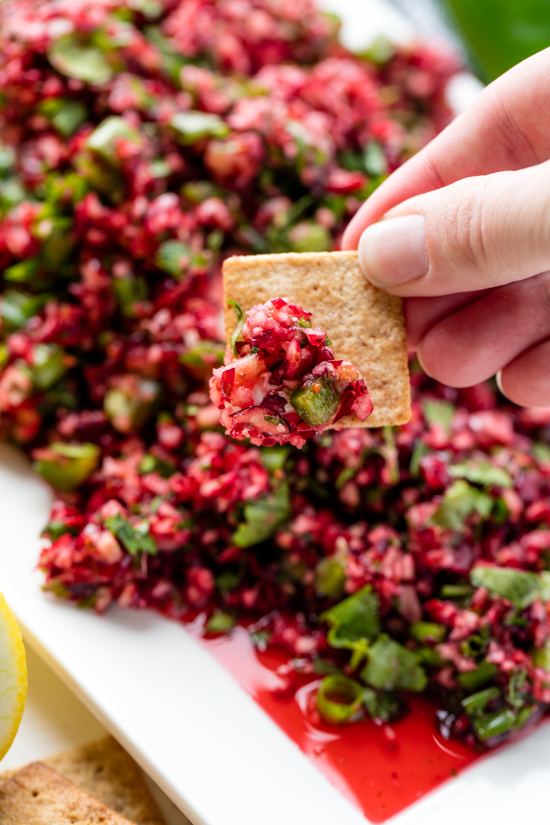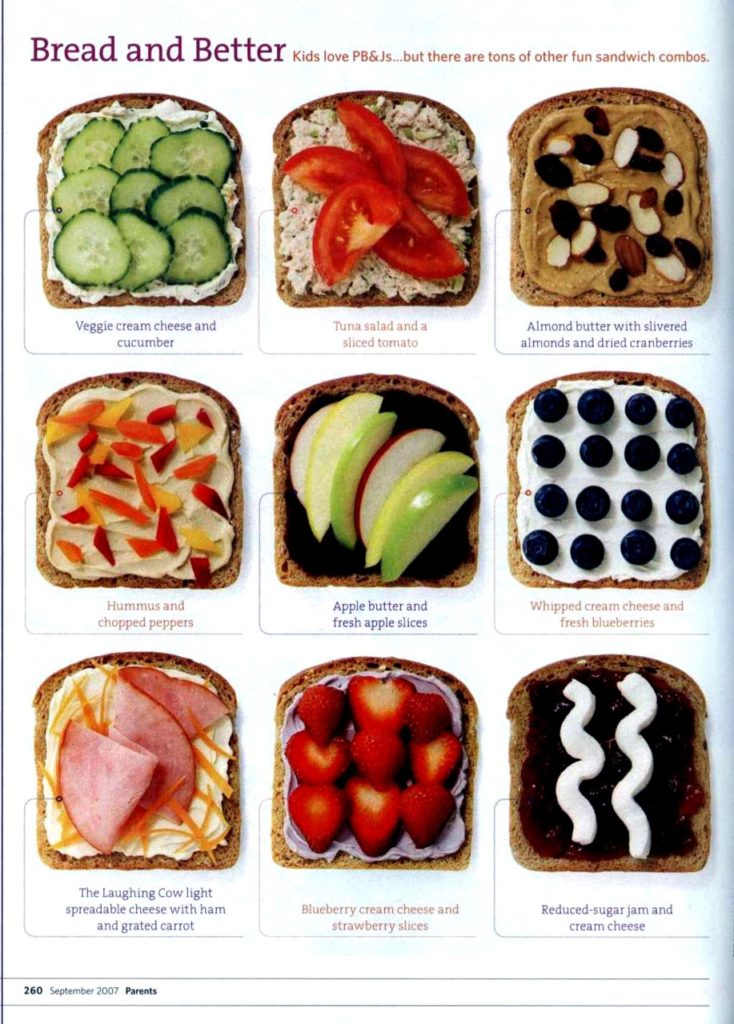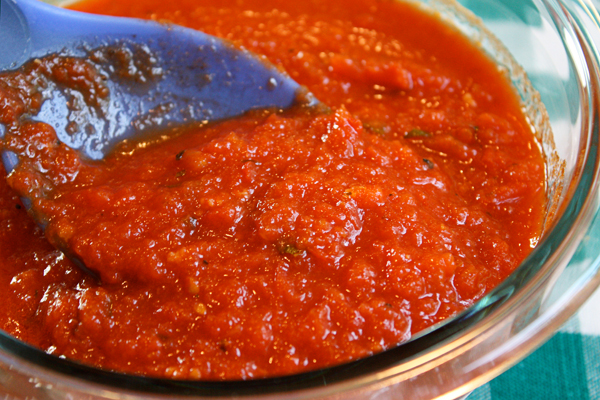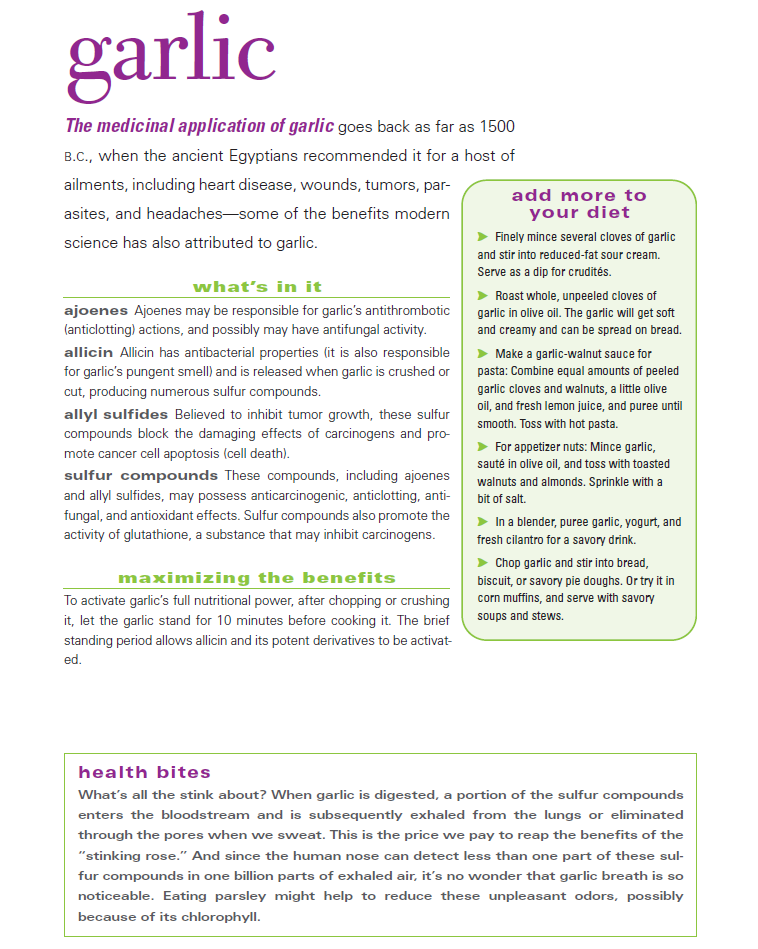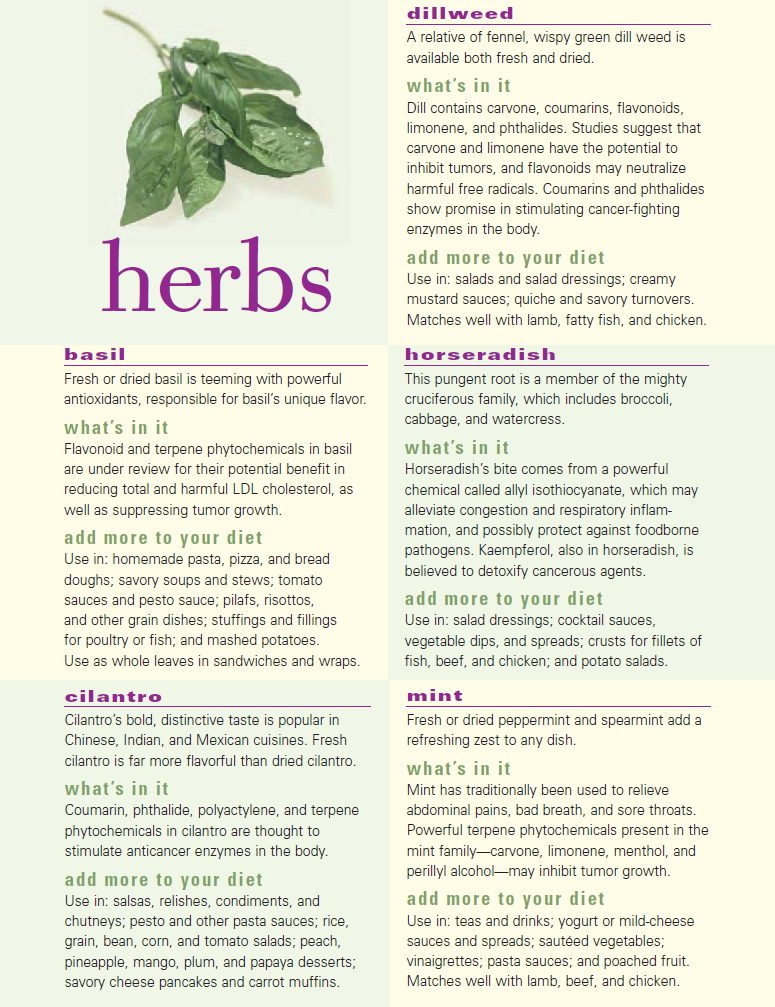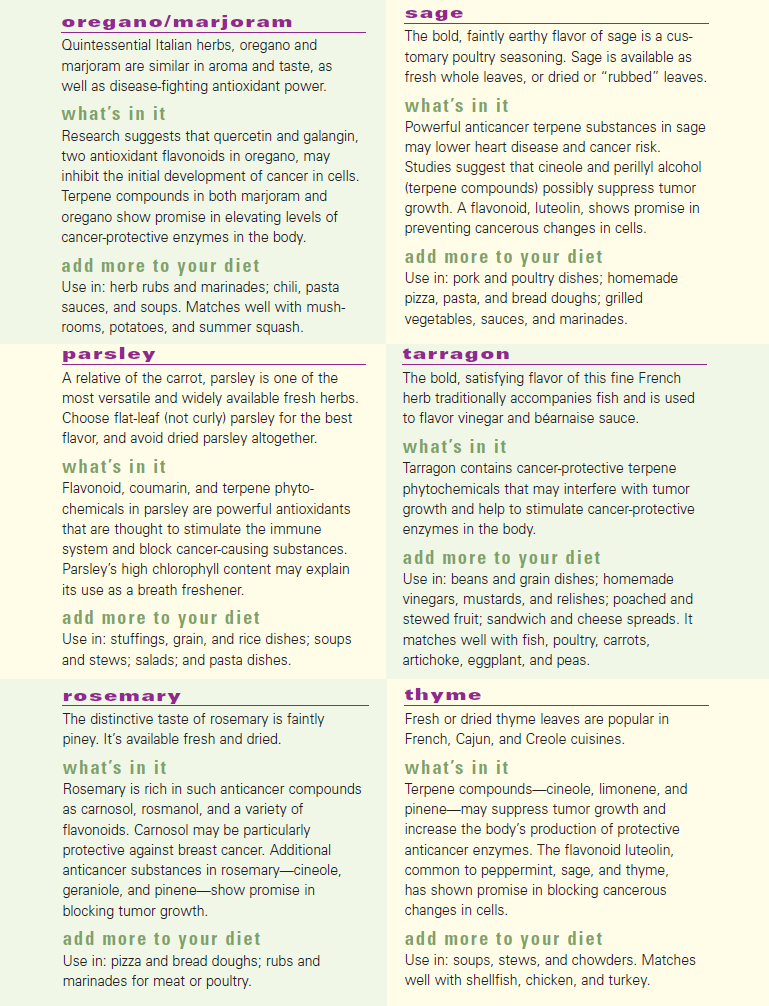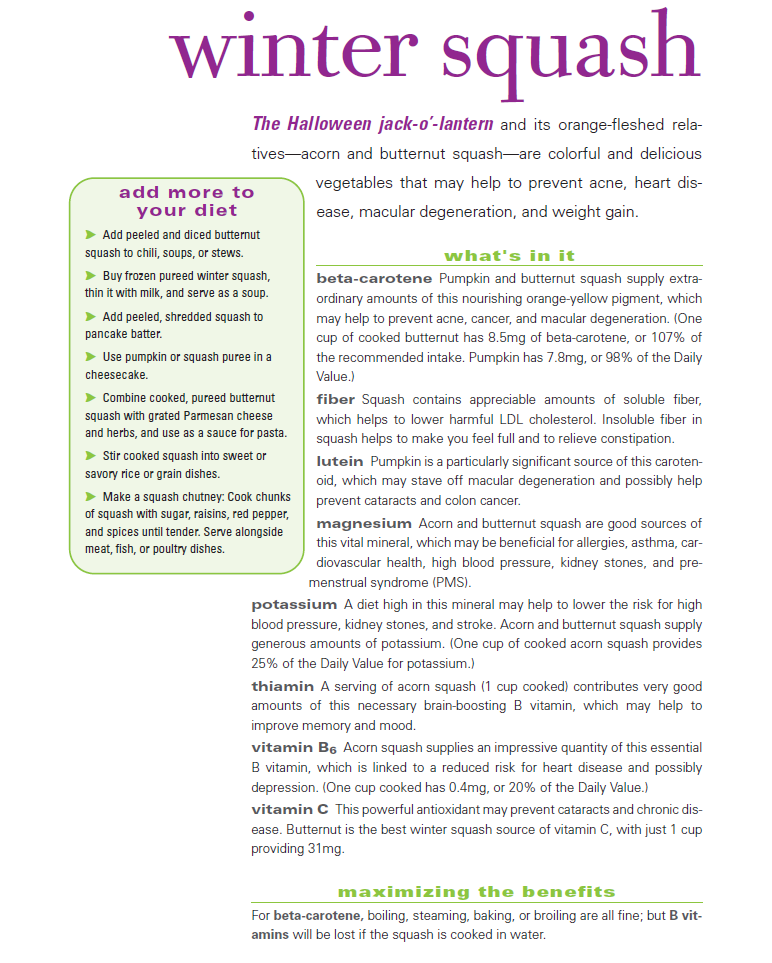Quick Sides
Organic Baked Beans
Sauteed Spinach with Garlic
Add l tablespoon olive oil to a large skillet. Swirl around l halved garlic clove, cut side down, to infuse the oil. Remove the garlic clove. Add a shake of red pepper flakes and 12 ounces of fresh spinach. Stir as the mound of leaves gradually wilts way more than you ever think it will. Add a hefty pinch of salt and black pepper. Snip the spinach leaves with kitchen scissors while still in the skillet.
Green Beans with Toasted Almonds and Mint
In a large frying pan, heat 2 tablespoons olive oil and l tablespoon unsalted butter over medium heat. When the butter has melted, add cup slivered almonds and cook for 2 minutes, or until they darken slightly in color. Add 2 cups trimmed green beans and cook for 2 minutes, stirring occasionally. Add a generous squeeze of lemon juice and a few pinches of salt and remove to a platter. Sprinkle with chopped fresh mint.
Tomato and Avocado Salad
Halve l avocado, remove the pit, peel, and cut into chunks. In a medium bowl, toss with about 1V2 cups halved grape tomatoes, 3 chopped scallions (white and light green parts only), a generous drizzle of olive oil, salt and pepper, a spritz of lime juice, and chopped fresh cilantro to taste.
White Beans and Spinach
In a medium skillet, sauté a halved garlic clove, cut side down, in a few glugs of olive oil. Let it infuse the oil for a minute, then remove. Add 2 tablespoons chopped onions (or shallots or scallions—white and light green parts only) and a shake of red pepper flakes and cook until the onions are soft, about 2 minutes. Stir in l can of rinsed and drained white beans (such as Great Northerns or cannellini). Add a handful of thawed and well-squeezed frozen spinach, lightly mashing the beans and spinach together. Add salt and black pepper and stir. Serve with freshly grated Parmesan.
Sugar Snap Peas and Radish Salad
In a medium bowl, toss together 2 cups of the sweetest sugar snap peas you can find (trim off the ends if it’s not too big of a pain); l radish, sliced into thin coins; V4 cup chopped fresh mint; a squeeze of lime juice; sea salt; about 1 tablespoon chopped scallions (white and light green parts only); and a tiny drizzle of olive oil. This is best in the spring when the snap peas are peaking.
Corn with Butter and Cotija Cheese (or Parmesan)
Boil shucked sweet com for 5 minutes. Spread butter on the corn while the corn is still hot and sprinkle with cotija or Parmesan cheese. If it is peak com season, forget the cheese and eat boiled corn on the cob with butter and salt only. Anything else is, obviously, blasphemy.
Quick Creamed Spinach
Thaw a box or bag of frozen spinach by placing it in a colander and running warm water over it for a few minutes. Press down on the spinach to squeeze out all the liquid. In a small frying pan over medium heat, add l tablespoon olive oil and small onion (chopped), salt, black pepper, and a few red pepper flakes (optional, as always). After 5 minutes, add the spinach and toss with the onions until the spinach is heated through. Sprinkle in 1 to 2 teaspoons flour and stir. Add Vs to V2 cup milk (nonfat, 1%, 2%, whole … any kind but chocolate!), depending on how creamy you like your creamed spinach, and a pinch of freshly ground nutmeg. Stir until heated through.
Green Beans with Ginger and Garlic
Add 2 tablespoons olive oil to a large skillet set over medium heat, along with 2 teaspoons peeled, minced fresh ginger, 3 to 4 chopped scallions (white and light green parts only), a shake of red pepper flakes, and salt and black pepper. Cook until the ginger and scallions are soft and aromatic, about 1 minute. Add 3 cups trimmed green beans (or haricots verts) and 1 minced garlic clove. Cook, uncovered, until the green beans are tender but still crispy, about 4 minutes.
Buttered Peas with Mint
In a large skillet, melt 2 to 3 tablespoons unsalted butter over medium heat. Add 1V2 cups thawed frozen peas. (You can run them under warm water to accelerate the thawing process; just try to dry them as much as possible before proceeding.) Heat until w armed through. Remove from the heat and sprinkle with 2 tablespoons chopped fresh mint and salt to taste.
Roasted Cauliflower and Broccoli
Preheat the oven to 4OO°F. Separate l head of cauliflower and l head of broccoli into florets. On a rimmed baking sheet, toss the florets in olive oil to lightly coat. Season with a shake of red pepper flakes and salt and black pepper to taste. Spread out on the baking sheet and roast for 15 to 20 minutes, until the vegetables look crispy but not burnt. Squeeze fresh lemon juice over the vegetables and sprinkle with freshly grated Parmesan, if desired.
